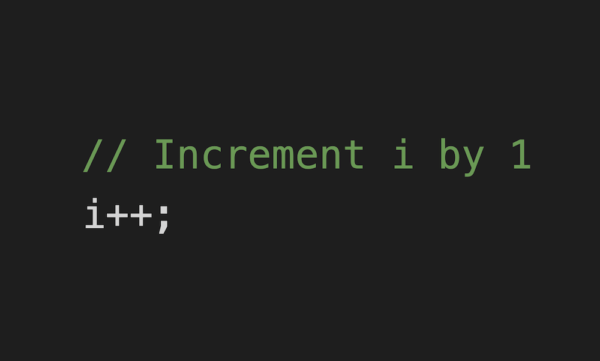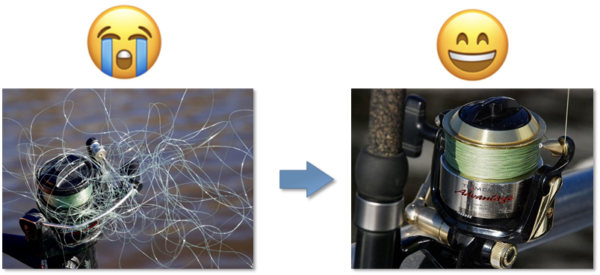“Event Sourcing, CQRS? Sounds familiar, but what is it again?” If you are in the same state of mind and the above sounds just slightly familiar or not at all, this is the right post for you. Event Sourcing and CQRS are two patterns on its own that apparently play very nicely together. Let’s look […]
Exceptions, catch or not?
Before we dive in, let’s define what does it mean to catch an exception. Many, if not all, programming languages have notion of an exception that terminates program execution flow; and most of languages have mechanism to handle exceptions, for example try-catch-finally language construct. Assuming familiarity with try-catch-finally we are going to focus on when […]
Comment or Not
We (developers) read code way more often than we write it, whether it’s someone’s else code or our own code written a while ago. Sometimes code is simple enough that It reads as plain English, but sometimes we can spend hours re-reading and debugging while trying to comprehend what is going on. So how easy […]
Microsoft Graph and Application Authentication
Microsoft Graph is modern and recommended approach to integrate with Microsoft 365 that includes Calendar, Mail, Online Meetings and many more. There two types of workflows that we can implement: When we have user online and can get user consent to perform certain action. This type of workflow will most likely have a user interacting with […]
Secrets and Configuration – Pragmatic Approach
Most of the programs, services, scheduled jobs, and scripts that we create are likely to need to connect to an external resource to pull or push some data. External resources can be a database, distributed cache, message queue, object store, and so on. In order to connect to a resource, we need at minimum an […]
CSV with Python a type-safe approach
This post describes an approach to read and write CSV using Python, and doing so in a simple and type-safe way. We are going to use the standard CSV Python module, hence there would be no need to install any new packages. Let’s start with our model. A model is a class that represents a […]
Implementing Domain Driven Design with Microservices
This post is about Microservices and Domain Driven Design (DDD), how to apply DDD to Microservices architectural style, what are the pitfalls to be aware of, and many other aspects. If you need a quick refresher or intro to DDD, then you may refer to Simple Domain-Driven Design – Building Blocks. Here is a series […]
Fixing Dynamic Connascence
Introduction In the previous posts, we learned about connascence and explained why it’s so important to understand for software developers and architects. We looked at all 5 levels of static connascence and different approaches to improve code quality. In this post, we will focus on 4 levels of dynamic connascence and will take a practical […]
Fixing Static Connascence
Introduction In the previous post, we described connascence and explained why it’s so important to understand for software developers and architects. In this post, we will show a practical approach on how to fix different levels of static connascence. As a summary, connascence has nine levels (five static and 4 dynamic). The higher the level, […]
Connascence, why is it so important?
Connascence metric has its own website https://connascence.io/ where you can find detailed descriptions and examples. In this post, we will show why connascence is a very important metric. We will visualize, condense, and summarize the concepts so they are fast and easy to comprehend. What is Connascence? Before we can understand the importance of connascence, […]










